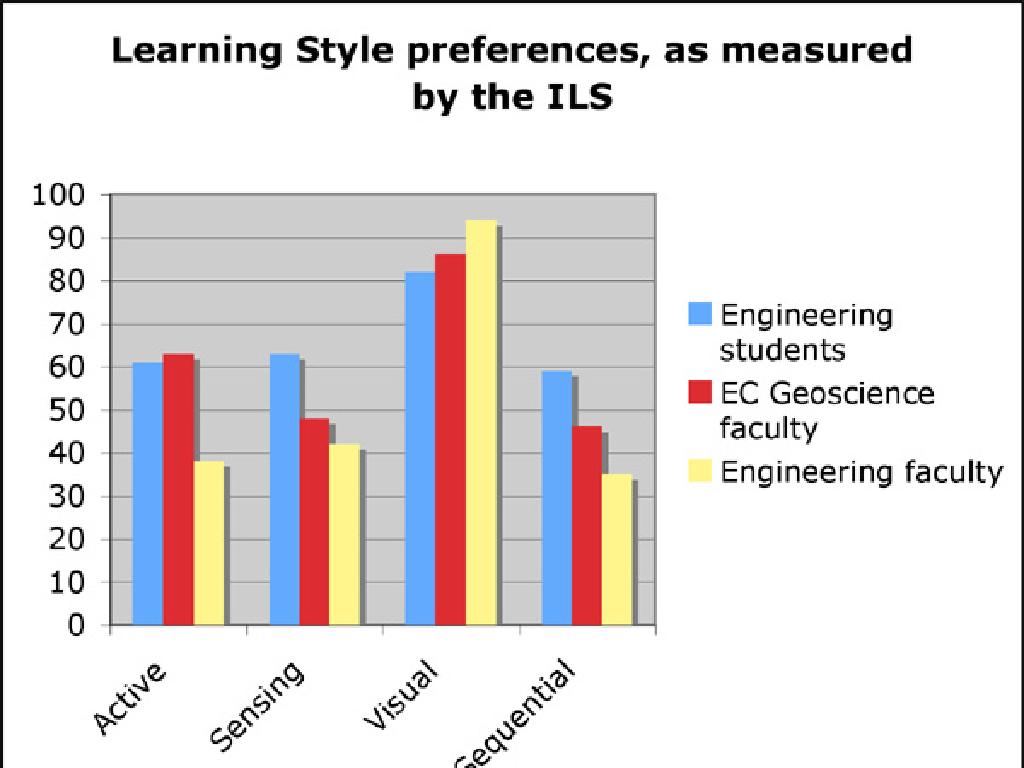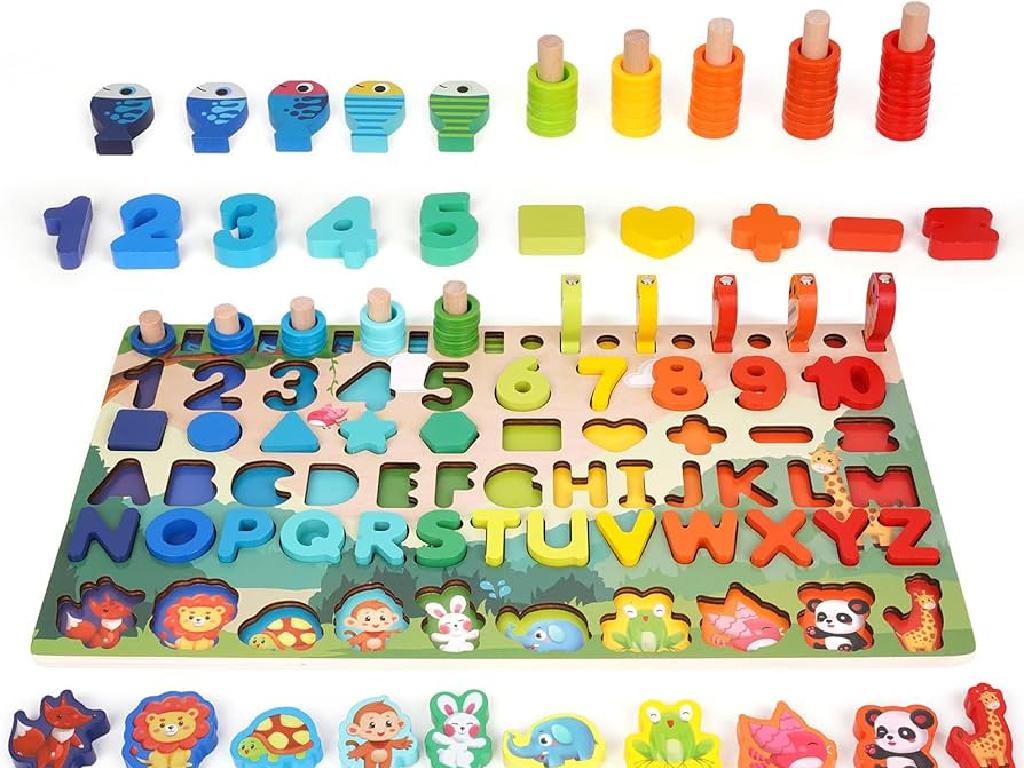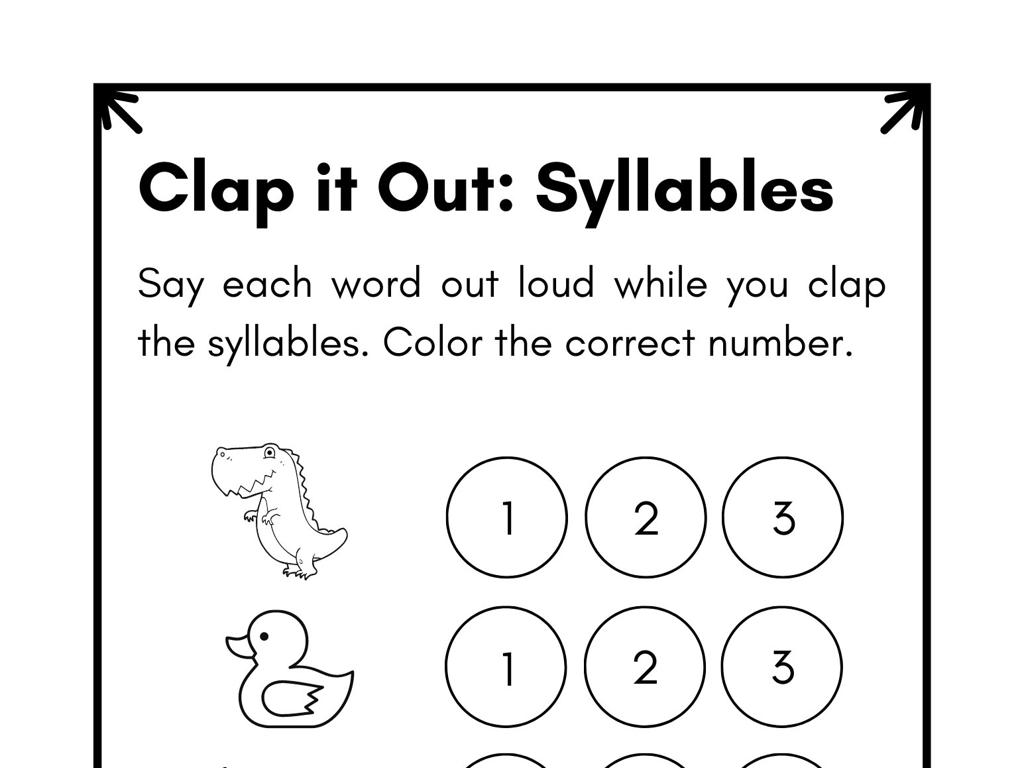Choose Between Subject And Object Pronouns
Subject: Language arts
Grade: Sixth grade
Topic: Pronoun Types
Please LOG IN to download the presentation. Access is available to registered users only.
View More Content
Subject vs. Object Pronouns
– Pronouns take the place of nouns
– Subject pronouns: I, you, he, she, it, we, they
– Used as the subject of a sentence: ‘She runs fast’
– Object pronouns: me, you, him, her, it, us, them
– Used as the object of a sentence: ‘The ball hit him’
– Choosing the right pronoun matters
– Correct pronouns ensure clarity and grammatical accuracy
|
This slide introduces the concept of subject and object pronouns, which are essential components of sentence structure in English. Begin by explaining that pronouns are used to avoid repeating nouns. Subject pronouns are used when the pronoun is the subject of the sentence, performing the action. Object pronouns are used when the pronoun is receiving the action. Emphasize the importance of choosing the correct pronoun to maintain clarity in communication and to avoid grammatical errors. Provide examples and encourage students to create sentences using both types of pronouns to reinforce their understanding.
Understanding Pronouns
– Pronouns replace nouns
– Instead of ‘Lisa said Lisa lost Lisa s pen’, use ‘she’ to avoid repetition
– Examples: he, she, it, they
– ‘He’ for males, ‘she’ for females, ‘it’ for objects, ‘they’ for groups
– Reduce sentence repetition
– Enhance sentence conciseness
– Pronouns help in making sentences shorter and clearer
|
This slide introduces the concept of pronouns and their role in language. Pronouns are essential in making sentences less repetitive and more concise, which is crucial for clear communication. Provide examples of pronouns and how they can replace nouns in sentences. Emphasize the importance of choosing the correct pronoun to match the noun it’s replacing in terms of number, gender, and person. Encourage students to practice by rewriting sentences that are repetitive by using pronouns effectively. This will help them understand how pronouns can streamline their writing and speech.
Understanding Subject Pronouns
– Pronouns as sentence subjects
– Subject pronouns replace the subject’s name.
– Subject pronouns perform actions
– They ‘do’ the verb, like ‘She runs fast’.
– Examples: I, you, he, she, it, we, they
– ‘I’ for speaker, ‘you’ for listener, others for people & things.
|
This slide introduces the concept of subject pronouns, which are pronouns that take the place of the subject in a sentence. The subject is who or what performs the action of the verb. It’s important for students to recognize that subject pronouns are used when the pronoun is doing the action. Examples include ‘I’ when referring to oneself, ‘you’ when addressing someone else, and ‘he’, ‘she’, ‘it’, ‘we’, and ‘they’ for others and objects. Use sentences like ‘He throws the ball’ or ‘They went to the store’ to illustrate how subject pronouns work in context. Encourage students to create their own sentences using each subject pronoun to reinforce their understanding.
Understanding Object Pronouns
– Object pronouns in sentences
– Used as the object, not the subject
– Pronouns receiving action
– They answer ‘whom’ or ‘what’ after verbs
– Common object pronouns
– Examples: ‘me’, ‘you’, ‘him’, ‘her’, ‘it’, ‘us’, ‘them’
– Usage in daily language
– Practice by replacing nouns with object pronouns in sentences
|
This slide aims to clarify the concept of object pronouns for sixth-grade students. Object pronouns are used in a sentence where the pronoun is not the subject but the receiver of the action, typically following a verb or a preposition. It’s crucial to provide examples and practice sentences to help students understand the difference between subject and object pronouns. For instance, in the sentence ‘The teacher called me,’ ‘me’ is the object pronoun receiving the action. Encourage students to identify the object pronouns in various sentences and practice using them correctly in their daily language, both in writing and speaking.
Choosing the Correct Pronoun
– Identify pronoun’s role in a sentence
– Is it doing or receiving the action?
– Examples of subject and object pronouns
– ‘He’ throws the ball (subject), The ball hits ‘him’ (object)
– Practice with class exercises
– We’ll do group activities to reinforce learning
|
This slide is aimed at helping students understand the difference between subject and object pronouns. Start by explaining that pronouns take the place of nouns and that their role in a sentence determines which form to use. Subject pronouns are used when the pronoun is the doer of the action, like ‘he’, ‘she’, ‘they’. Object pronouns are used when the pronoun is receiving the action, like ‘him’, ‘her’, ‘them’. Provide clear examples for both cases and engage the class with exercises where they identify and choose the correct pronouns in different sentences. This will help solidify their understanding through practice.
Subject vs. Object Pronouns
– ‘He’ is a subject pronoun
– ‘He’ acts as the doer of the action
– ‘Him’ is an object pronoun
– ‘Him’ receives the action of the verb
– Position in sentence matters
– Function defines the pronoun type
– Subject pronouns are used when the pronoun is the subject of the sentence. Object pronouns are used when the pronoun is the object of the sentence or a preposition.
|
This slide aims to help students distinguish between subject and object pronouns. Subject pronouns like ‘he’, ‘she’, ‘I’, ‘we’, ‘they’, ‘you’, and ‘it’ are used when the pronoun is the one doing the action in the sentence. Object pronouns such as ‘him’, ‘her’, ‘me’, ‘us’, ‘them’, ‘you’, and ‘it’ are used when the pronoun is receiving the action. Highlight the importance of the pronoun’s position and function within a sentence to determine its type. Provide additional examples and encourage students to create sentences using both subject and object pronouns to reinforce the concept.
Practice Time: Subject vs. Object Pronouns
– Identify subject & object pronouns
– Subject pronouns are ‘he’, ‘she’, ‘it’, ‘we’, ‘they’. Object pronouns include ‘him’, ‘her’, ‘us’, ‘them’.
– Correct sentences as a class
– We’ll look at sentences with incorrect pronouns and fix them together.
– Explain your pronoun choices
– Be prepared to discuss the reasons for your pronoun selection.
– Gain confidence in pronoun usage
|
This slide is for a class activity focused on distinguishing between subject and object pronouns. Start by reviewing the definitions and roles of subject and object pronouns. Then, present sentences with incorrect pronoun usage for the class to correct. Encourage students to explain their reasoning for choosing a particular pronoun, reinforcing their understanding of the subject and object pronouns. This activity will help students to apply their knowledge in a practical way and build their confidence in identifying and using pronouns correctly. Possible activities include correcting sentences on the board, peer review of sentences, or creating their own sentences using a mix of subject and object pronouns.
Class Activity: Pronoun Hunt
– Pair up and pick a favorite book
– Find subject and object pronouns
– Look for ‘he’, ‘she’, ‘they’, ‘it’, ‘I’, ‘you’, ‘we’ as subjects
– Write down sentences with pronouns
– Find ‘me’, ‘him’, ‘her’, ‘us’, ‘them’, ‘you’ as objects
– Discuss why they are subject or object
|
This activity is designed to help students identify and differentiate between subject and object pronouns in a practical context. By working in pairs, students can collaborate and discuss their findings, which reinforces learning. Provide guidance on what constitutes a subject and object pronoun. Subject pronouns are used when the pronoun is the subject of the sentence, while object pronouns are used when the pronoun is the object of the verb or preposition. Encourage students to explain their reasoning when sharing with the class to develop critical thinking. Possible variations of the activity could include finding pronouns in song lyrics, creating a pronoun collage, or writing original sentences using a list of pronouns.
Conclusion & Homework: Pronoun Practice
– Congrats on learning pronouns!
– Homework: Write 10 sentences
– Craft sentences with ‘he’, ‘she’, ‘it’, ‘they’, etc.
– Use various subject & object pronouns
– Include ‘me’, ‘us’, ‘him’, ‘her’, ‘them’, etc.
– Share your work next class
|
Today’s lesson focused on differentiating between subject and object pronouns. For homework, students are tasked with writing 10 original sentences that incorporate a variety of subject and object pronouns to reinforce their understanding. This exercise will help solidify their grasp of pronoun usage in different contexts. In the next class, students will have the opportunity to share their sentences, allowing them to learn from each other’s examples and gain confidence in their ability to use pronouns correctly. Encourage creativity and remind them to check that they’re using pronouns in the right places within their sentences.






